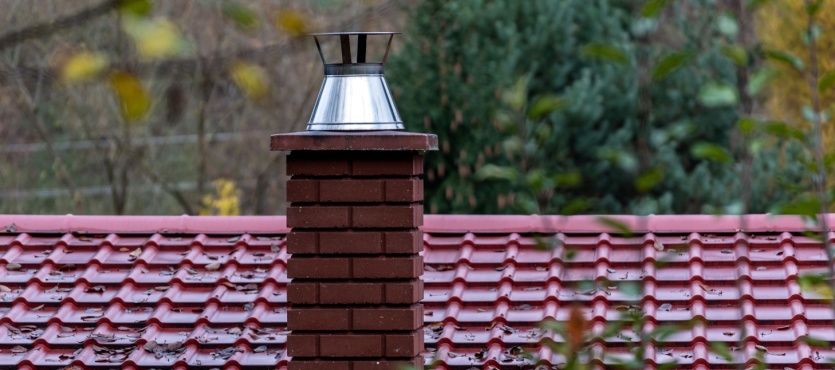A brick chimney is not only a functional component of your home but also a significant architectural feature that adds to its aesthetic appeal. To ensure your brick chimney remains safe and efficient, regular preventative maintenance is essential. This article provides comprehensive guidance on how to care for your brick chimney, helping you to avoid costly repairs and extend its lifespan.
Why Preventative Maintenance Matters
Preventative maintenance is crucial for several reasons:
- Safety: Regular maintenance helps prevent dangerous conditions such as chimney fires and carbon monoxide leaks.
- Longevity: Proper care extends the lifespan of your chimney, ensuring it continues to function effectively.
- Cost Savings: Regular upkeep can prevent minor issues from developing into major, costly repairs.
- Aesthetic Appeal: Maintaining the exterior of your chimney preserves the beauty of your home.
Key Preventative Maintenance Steps
1. Regular Inspections
Annual inspections by a certified chimney sweep are vital. A professional will check for structural issues, blockages, and the condition of the mortar and bricks. Early detection of problems can save you from extensive repairs down the line.
2. Chimney Cleaning
Over time, creosote—a highly flammable substance—can build up inside your chimney. This can lead to chimney fires if not regularly cleaned. Schedule a professional cleaning at least once a year, ideally before the start of the heating season, to remove creosote, soot, and any debris that might have accumulated.
3. Addressing Moisture Issues
Moisture is one of the biggest enemies of brick chimneys. It can cause the bricks and mortar to deteriorate, leading to structural damage. To prevent moisture issues:
- Install a Chimney Cap: A chimney cap prevents rain, snow, and debris from entering the chimney. It also keeps out animals and birds.
- Check Flashing: Ensure the metal flashing around the base of the chimney is intact and properly sealed. Flashing prevents water from seeping into the junction between the chimney and the roof.
- Waterproofing: Apply a breathable waterproof sealant to the exterior of the chimney. This helps repel water while allowing moisture trapped inside the bricks to escape.
4. Repairing Mortar Joints
Over time, the mortar between the bricks can deteriorate due to weather exposure and the natural aging process. This deterioration can lead to loose bricks and structural instability. Tuckpointing, or repointing, involves removing the damaged mortar and replacing it with new mortar. This not only strengthens the chimney but also enhances its appearance.
5. Inspecting the Chimney Crown
The chimney crown, located at the top of the chimney, protects it from the elements. Cracks in the crown can allow water to seep in, causing damage to the bricks and mortar. Regularly inspect the crown for cracks and have any damage repaired promptly.
6. Monitoring for Cracks and Spalling
Cracks in the bricks or mortar joints and spalling (flaking or chipping of the brick surface) are signs of deterioration. If left unchecked, these issues can lead to more severe structural problems. Regularly inspect your chimney for any signs of cracking or spalling and address them immediately.
7. Ensuring Proper Ventilation
Adequate ventilation is essential for the safe operation of your chimney. Blockages caused by creosote buildup, animal nests, or debris can prevent proper ventilation, leading to dangerous conditions. Regular cleaning and inspections help ensure your chimney is clear and functioning correctly.
8. Using the Right Fuel
Burning the right type of fuel is crucial for maintaining your chimney. Avoid burning wet or green wood, as it produces more creosote. Instead, use seasoned hardwoods that burn cleaner and produce less creosote.
9. Installing a Chimney Liner
A chimney liner protects the chimney walls from the corrosive byproducts of combustion, enhances the efficiency of your heating appliance, and makes cleaning easier. If your chimney doesn’t have a liner or if the existing liner is damaged, consider having a new liner installed.
Protecting Your Home with Proper Maintenance
By following these preventative maintenance steps, you can ensure that your brick chimney remains safe, efficient, and beautiful for years to come. Regular inspections, cleaning, and timely repairs are key to preventing costly damage and extending the lifespan of your chimney. For professional assistance with chimney maintenance and repairs, contact Turnbull Masonry. Their expertise can help you maintain the integrity and functionality of your chimney, providing peace of mind and ensuring your home remains a safe and inviting place.

